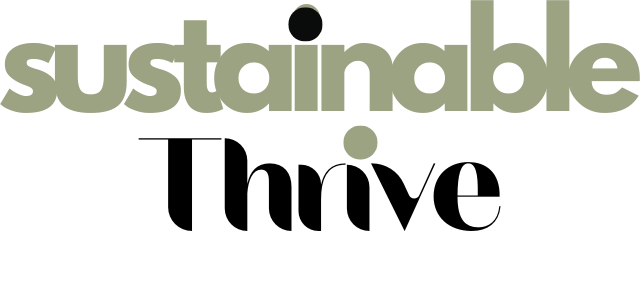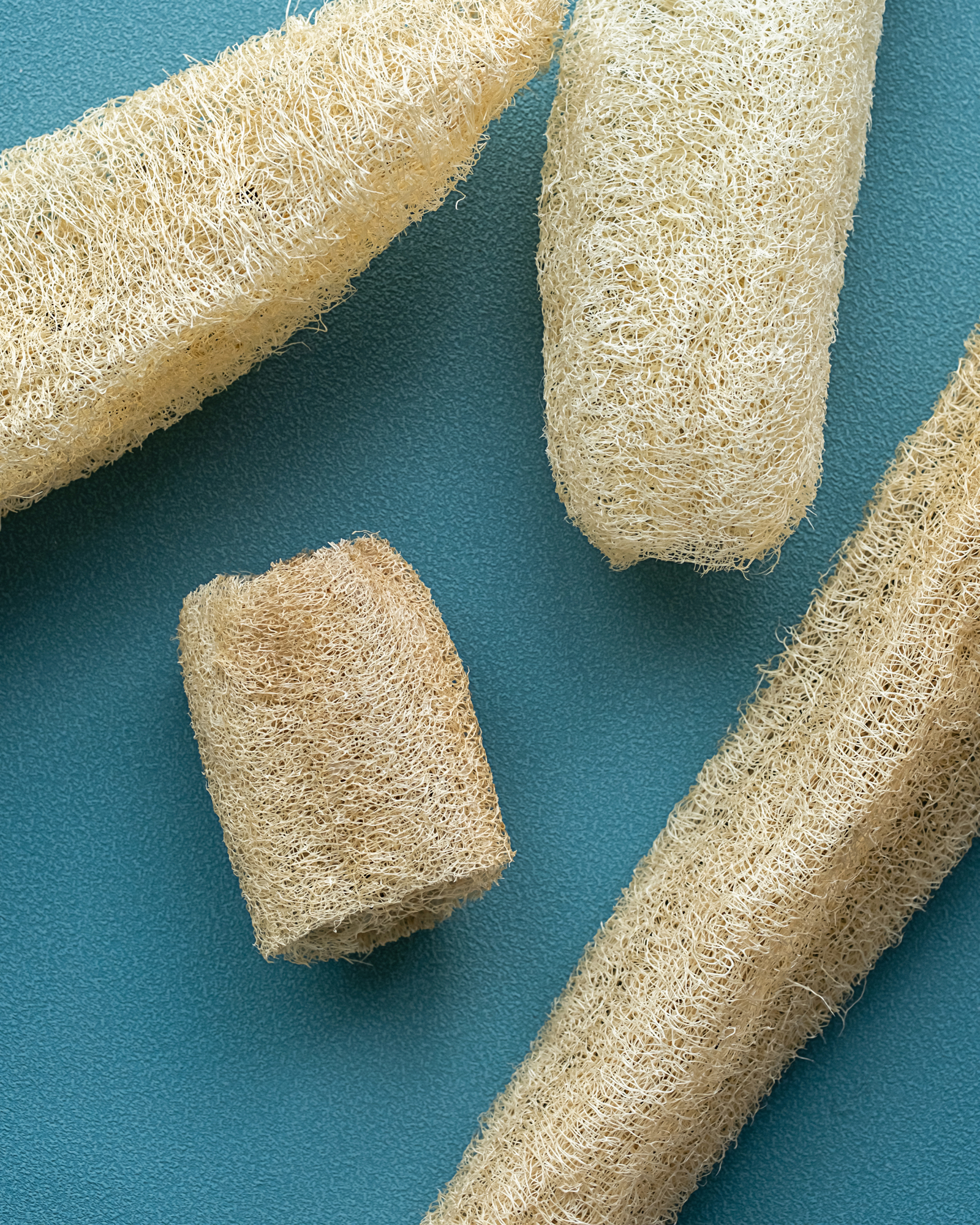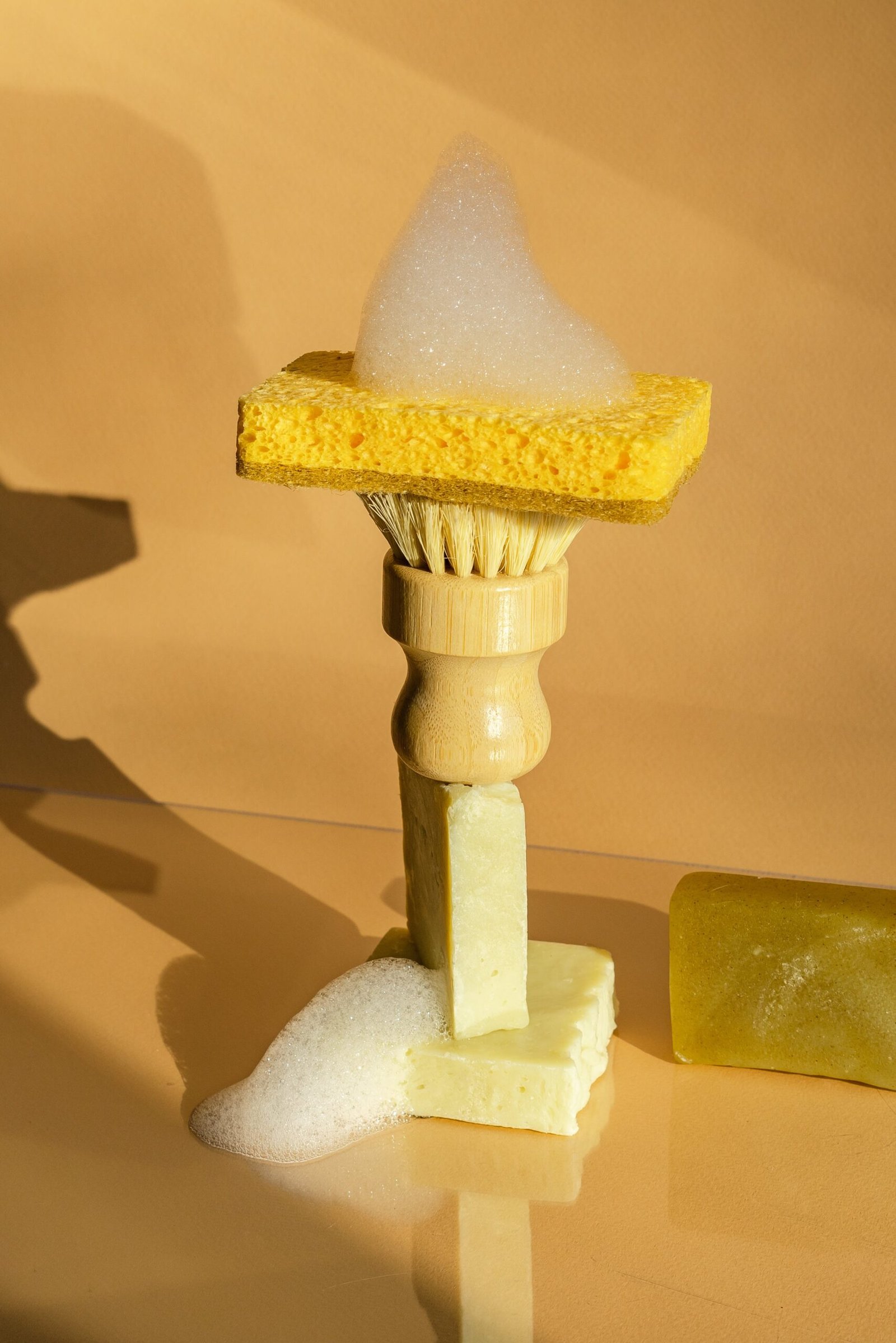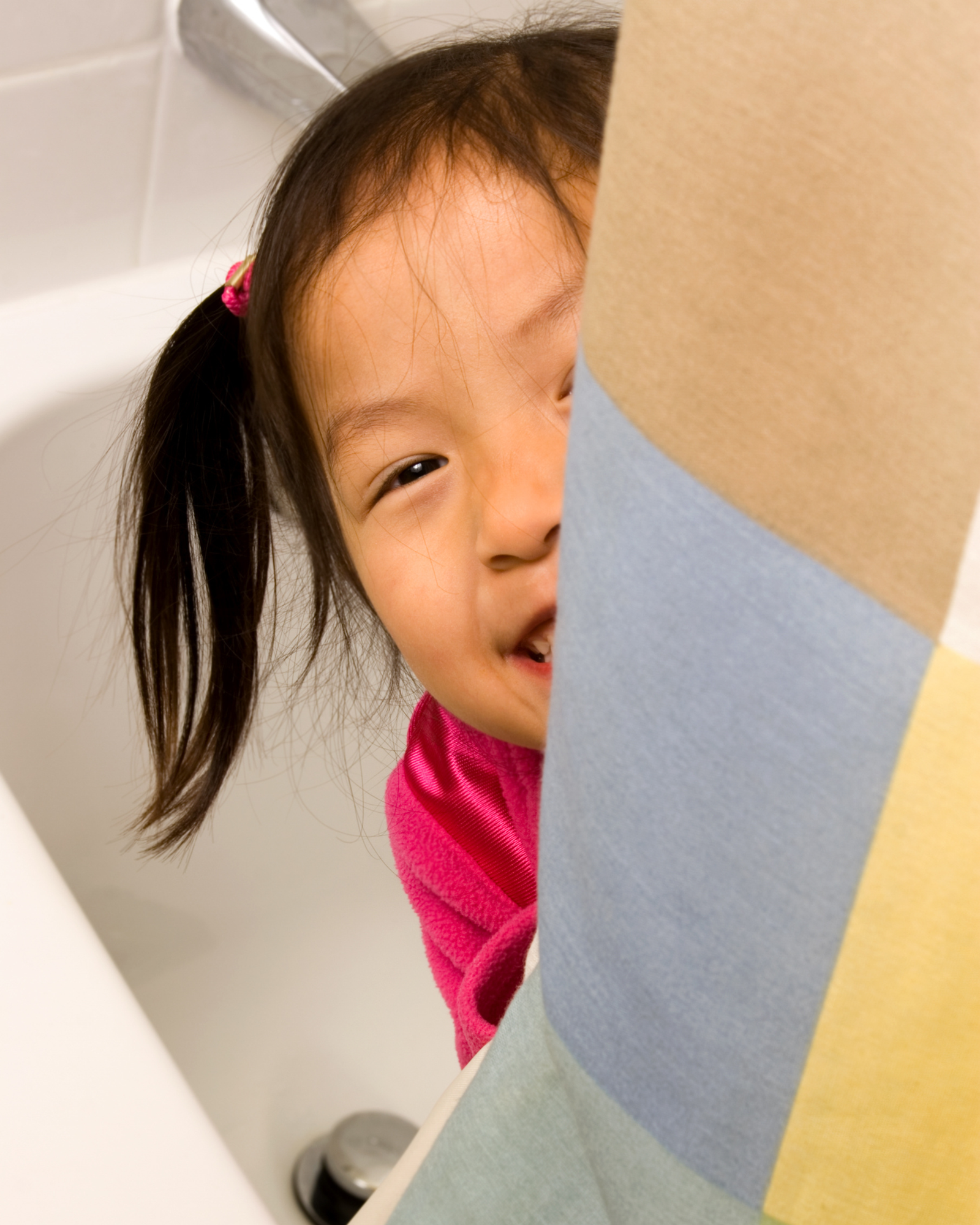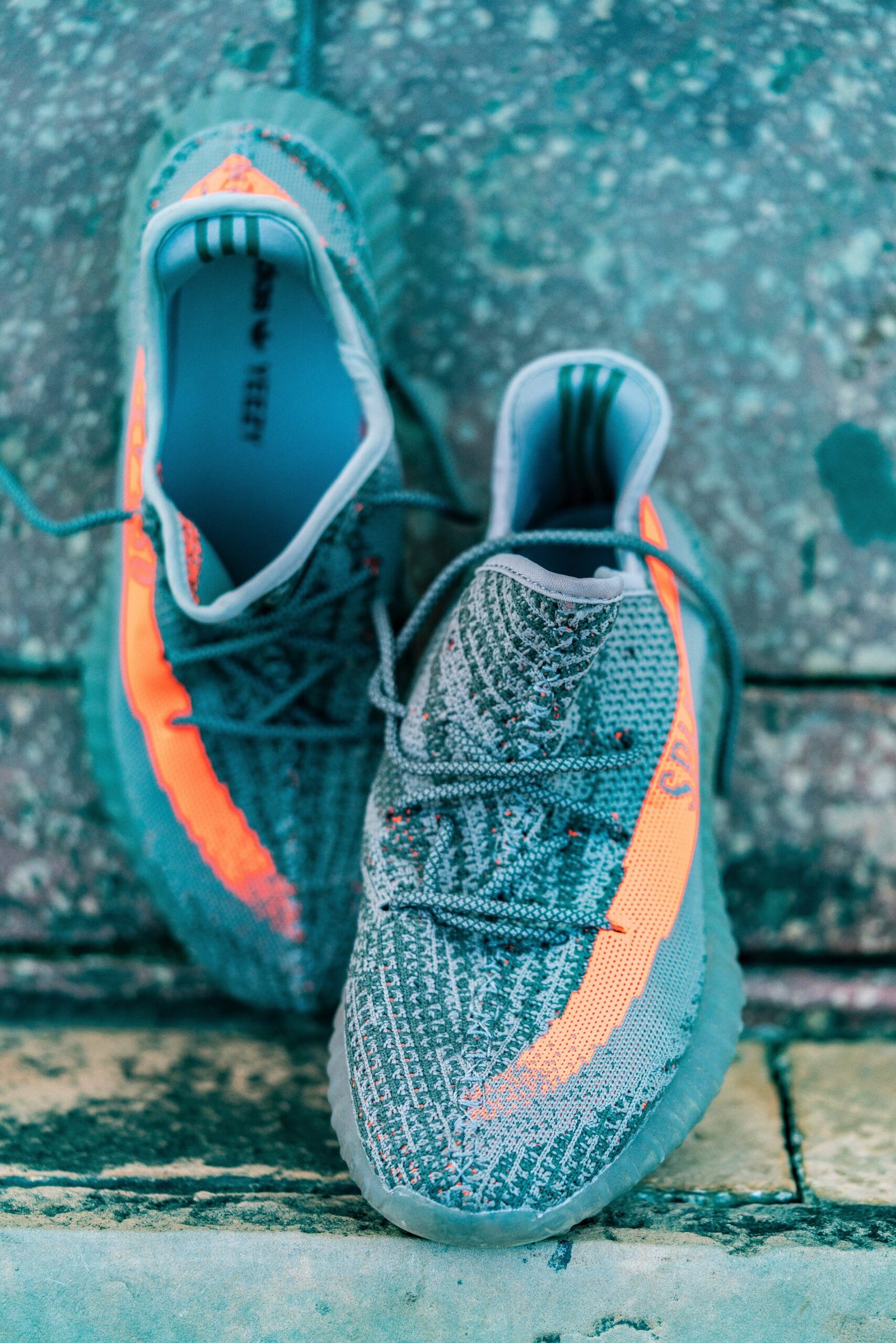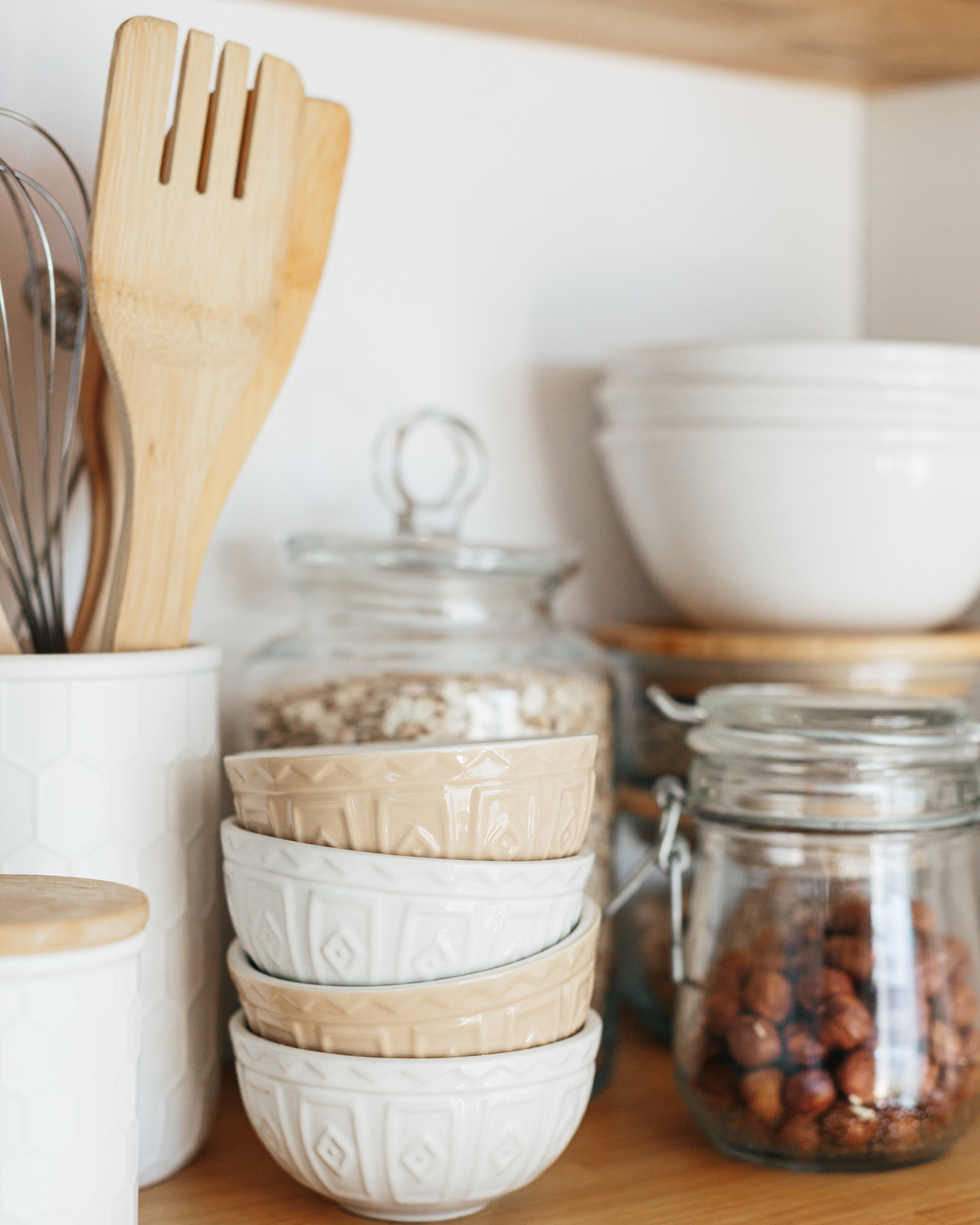Loofahs are popular shower accessories that many people use to exfoliate and cleanse their skin. However, loofahs are not as eco-friendly or hygienic as they may seem. In this article, we will explore the drawbacks of using loofahs and some of the best loofah alternatives that are better for your skin and the environment.

What is a Loofah and Why Should You Avoid It?
A loofah is a natural sponge that comes from the dried fruit of the luffa plant, a type of gourd that grows in tropical and subtropical regions. Loofahs have a rough texture that can help remove dead skin cells and dirt from the surface of your skin. However, loofahs also have some disadvantages that make them unsuitable for regular use.
Loofahs are breeding grounds for bacteria and fungi
One of the main problems with loofahs is that they can harbor harmful microorganisms that can cause infections and irritations on your skin. Loofahs are often stored in moist and warm places, such as the shower or the bathtub, which create ideal conditions for bacteria and fungi to grow and multiply. Moreover, loofahs collect dead skin cells, dirt, and soap residue, which provide food for these microorganisms. Some of the common bacteria and fungi that can be found on loofahs include:
- Staphylococcus aureus, which can cause skin infections, boils, abscesses, and impetigo.
- Pseudomonas aeruginosa, which can cause folliculitis, rash, and dermatitis.
- Candida albicans, which can cause yeast infections, thrush, and diaper rash.
- Aspergillus, which can cause allergic reactions, asthma, and lung infections.
Using a contaminated loofah can introduce these microorganisms into your skin, especially if you have any cuts, wounds, or abrasions. This can lead to inflammation, redness, itching, burning, and even more serious complications, such as cellulitis, sepsis, or toxic shock syndrome.
Loofahs are too abrasive for your skin
Another problem with loofahs is that they can be too harsh for your skin, especially if you have sensitive, dry, or acne-prone skin. Loofahs can cause micro-tears on your skin, which can damage the protective barrier and make your skin more vulnerable to infections, dehydration, and aging. Loofahs can also strip away the natural oils and moisture from your skin, leaving it dry, flaky, and irritated. Furthermore, loofahs can worsen certain skin conditions, such as eczema, psoriasis, rosacea, and acne, by triggering inflammation and aggravating the symptoms.
Loofahs are not eco-friendly
Although loofahs are made from natural materials, they are not as eco-friendly as they may appear. Loofahs require a lot of water and land resources to grow, and they are often treated with pesticides and chemicals that can harm the environment and your health. Loofahs also have a short lifespan, as they need to be replaced every three to four weeks to prevent bacterial growth. This means that loofahs generate a lot of waste and contribute to the landfill problem. Additionally, loofahs can release microfibers into the water system, which can pollute the oceans and harm the marine life.
What are the Best Loofah Alternatives?
If you are looking for a more eco-friendly and hygienic way to exfoliate and cleanse your skin, you may want to consider some of the following loofah alternatives. These alternatives are made from natural, organic, or recycled materials that are gentle on your skin and the environment. They are also easy to clean and maintain, and they can last longer than loofahs. Here are some of the best loofah alternatives that you can try:
1. Konjac Sponge
A konjac sponge is a soft and porous sponge that is made from the root of the konjac plant, a type of Asian vegetable. Konjac sponges are 100% natural, biodegradable, and compostable. They are also rich in vitamins, minerals, and antioxidants that can nourish and protect your skin. Konjac sponges have a gentle exfoliating action that can remove dead skin cells, dirt, and impurities from your pores. They can also balance the pH level of your skin and hydrate it. Konjac sponges are suitable for all skin types, including sensitive, dry, and oily skin. They come in different colors and shapes, depending on the added ingredients, such as charcoal, green tea, or clay, that can target specific skin concerns.
To use a konjac sponge, you need to soak it in warm water until it becomes soft and pliable. Then, you can squeeze out the excess water and massage it gently over your face and body in circular motions. You can use it with or without soap, depending on your preference. After each use, you need to rinse it well and hang it in a dry and airy place. You should also boil it once a week for a few minutes to sanitize it. You can replace your konjac sponge every two to three months, or when it starts to break down.
2. Bamboo Charcoal Sponge
A bamboo charcoal sponge is a type of konjac sponge that is infused with bamboo charcoal, a natural ingredient that has antibacterial, anti-inflammatory, and detoxifying properties. Bamboo charcoal can help purify your skin by drawing out toxins, impurities, and excess oil from your pores. It can also help reduce acne, blackheads, and blemishes by killing the bacteria that cause them. Bamboo charcoal sponges are ideal for oily, combination, and acne-prone skin, as they can regulate the sebum production and prevent clogged pores. They can also help brighten and even out your skin tone by removing dead skin cells and dirt.
To use a bamboo charcoal sponge, you need to follow the same steps as for a regular konjac sponge. You can use it daily or every other day, depending on your skin type and condition. You can also use it with a mild cleanser or soap, or just water. You need to rinse it well after each use and hang it in a dry and airy place. You should also boil it once a week for a few minutes to sanitize it. You can replace your bamboo charcoal sponge every two to three months, or when it starts to break down.
3. Sea Sponge
A sea sponge is a natural sponge that comes from the sea, where it grows as a living organism. Sea sponges are harvested sustainably from the ocean floor, without harming the marine ecosystem. Sea sponges are soft, durable, and absorbent. They can create a rich and creamy lather with any soap or cleanser, making them ideal for washing your face and body. Sea sponges can also gently exfoliate your skin, removing dead skin cells and dirt. Sea sponges are suitable for all skin types, especially sensitive and dry skin, as they are hypoallergenic and soothing. Sea sponges come in different sizes, shapes, and textures, depending on the species and the harvesting method.
To use a sea sponge, you need to wet it with warm water and squeeze out the excess water. Then, you can apply your soap or cleanser to the sponge and massage it over your face and body in circular motions. You can also use it without soap, just water. After each use, you need to rinse it well and squeeze out the excess water. You should also disinfect it once a week by soaking it in a solution of water and vinegar, baking soda, or hydrogen peroxide for a few minutes. You can replace your sea sponge every six to twelve months, or when it starts to wear out.
4. Muslin Cloth
A muslin cloth is a thin and lightweight cotton fabric that is commonly used for making baby clothes, blankets, and wraps. Muslin cloths are also great for cleansing and exfoliating your skin, as they are soft, gentle, and breathable. Muslin cloths can help remove makeup, dirt, and oil from your skin, leaving it clean and refreshed. They can also help stimulate blood circulation and improve skin texture by sloughing off dead skin cells. Muslin cloths are suitable for all skin types, especially sensitive and dry skin, as they are natural and hypoallergenic. Muslin cloths are easy to use, wash, and reuse, making them an eco-friendly and economical option.
To use a muslin cloth, you need to wet it with warm water and wring out the excess water. Then, you can apply your cleanser or soap to your face and massage it gently. Next, you can use the muslin cloth to wipe off the cleanser or soap from your face, using gentle circular motions. You can also use the muslin cloth without any cleanser or soap, just water. After each use, you need to rinse it well and hang it to dry. You should also wash it regularly with mild detergent and hot water. You can replace your muslin cloth every three to six months, or when it starts to lose its shape or softness.
5. Silicone Scrubber
A silicone scrubber is a synthetic sponge that is made from silicone, a type of rubber that is resistant to heat, water, and bacteria. Silicone scrubbers are soft, flexible, and durable. They can create a gentle friction on your skin, which can help exfoliate and cleanse your skin. Silicone scrubbers can also help massage your skin, which can improve blood circulation and lymphatic drainage. Silicone scrubbers are suitable for all skin types, especially oily and acne-prone skin, as they are non-porous and non-absorbing dirt, oil, and bacteria. Silicone scrubbers are easy to clean and maintain, as they can be rinsed with water and dried quickly. They are also reusable and long-lasting, making them an eco-friendly and cost-effective option.
To use a silicone scrubber, you need to wet it with water and apply your cleanser or soap to it. Then, you can massage it over your face and body in circular motions, applying gentle pressure. You can also use the silicone scrubber without any cleanser or soap, just water. After each use, you need to rinse it well and hang it to dry. You should also sanitize it once a week by boiling it in water for a few minutes or microwaving it for a few seconds. You can replace your silicone scrubber every six to twelve months, or when it starts to lose its shape or effectiveness.
6. Hemp Washcloth
A hemp washcloth is a natural fabric that is made from the fibers of the hemp plant, a type of cannabis that is grown for industrial purposes. Hemp washcloths are 100% natural, biodegradable, and compostable. They are also durable, absorbent, and antimicrobial. Hemp washcloths can help exfoliate and cleanse your skin, removing dead skin cells, dirt, and oil. They can also help moisturize and soften your skin, as hemp fibers contain essential fatty acids and proteins that can nourish and protect your skin. Hemp washcloths are suitable for all skin types, especially dry and mature skin, as they are gentle and soothing. Hemp washcloths are easy to use, wash, and reuse, making them an eco-friendly and economical option.
To use a hemp washcloth, you need to wet it with warm water and wring out the excess water. Then, you can apply your cleanser or soap to the washcloth and massage it over your face and body in circular motions. You can also use the hemp washcloth without any cleanser or soap, just water. After each use, you need to rinse it well and hang it to dry. You should also wash it regularly with mild detergent and hot water. You can replace your hemp washcloth every three to six months, or when it starts to lose its shape or softness.
Final Words
Loofahs are not the best choice for exfoliating and cleansing your skin, as they can harbor bacteria and fungi, damage your skin barrier, and harm the environment. Fortunately, there are many loofah alternatives that are more eco-friendly and hygienic, such as konjac sponges, bamboo charcoal sponges, sea sponges, muslin cloths, silicone scrubbers, and hemp washcloths. These alternatives are made from natural, organic, or recycled materials that are gentle on your skin and the environment. They can also help improve your skin health and appearance by removing dead skin cells, dirt, and oil, and by hydrating, nourishing, and protecting your skin. You can choose the best loofah alternative for your skin type and preference, and enjoy a smooth and radiant skin.
